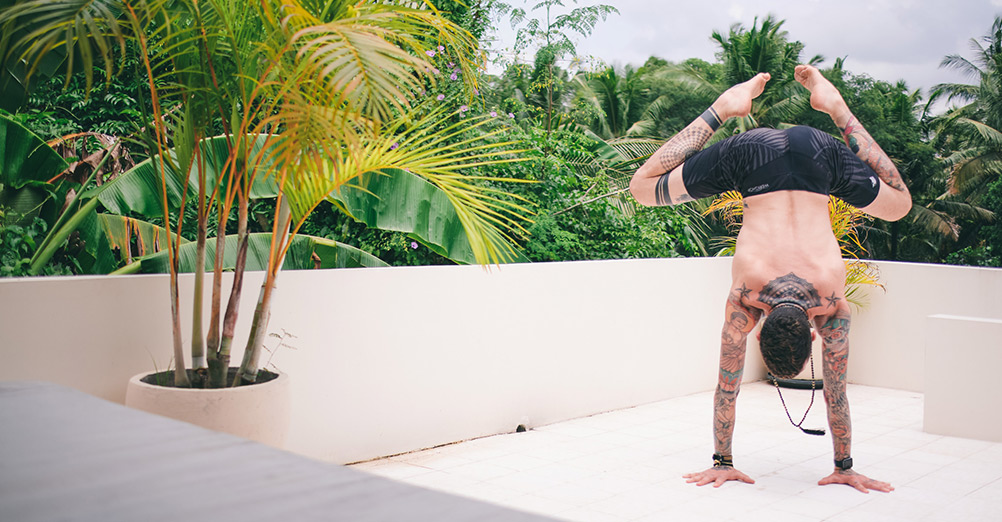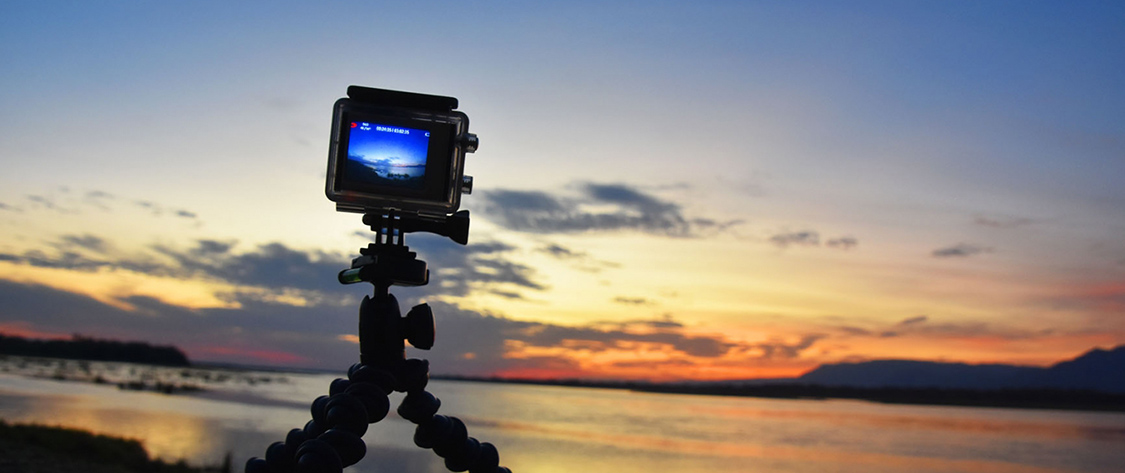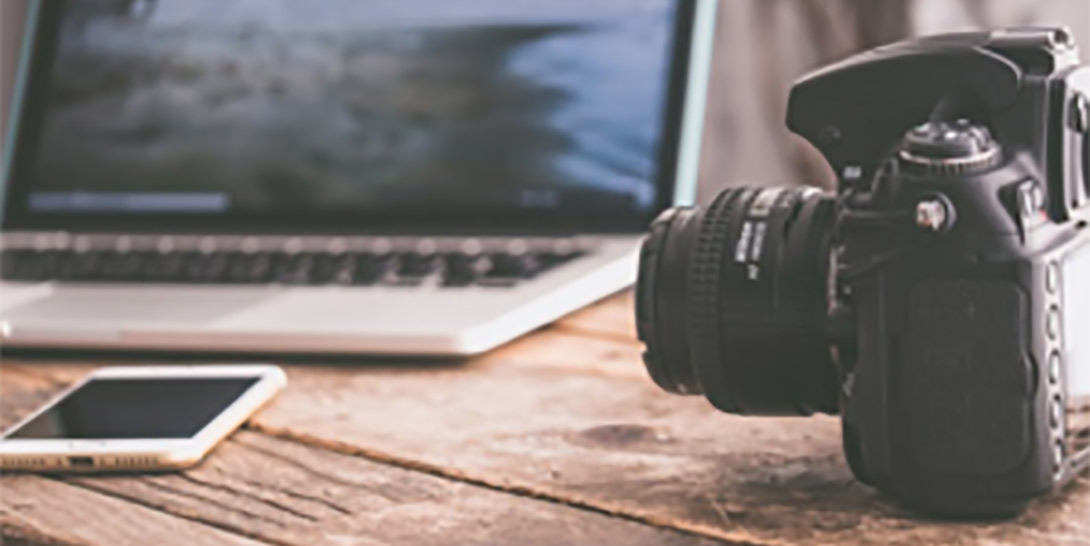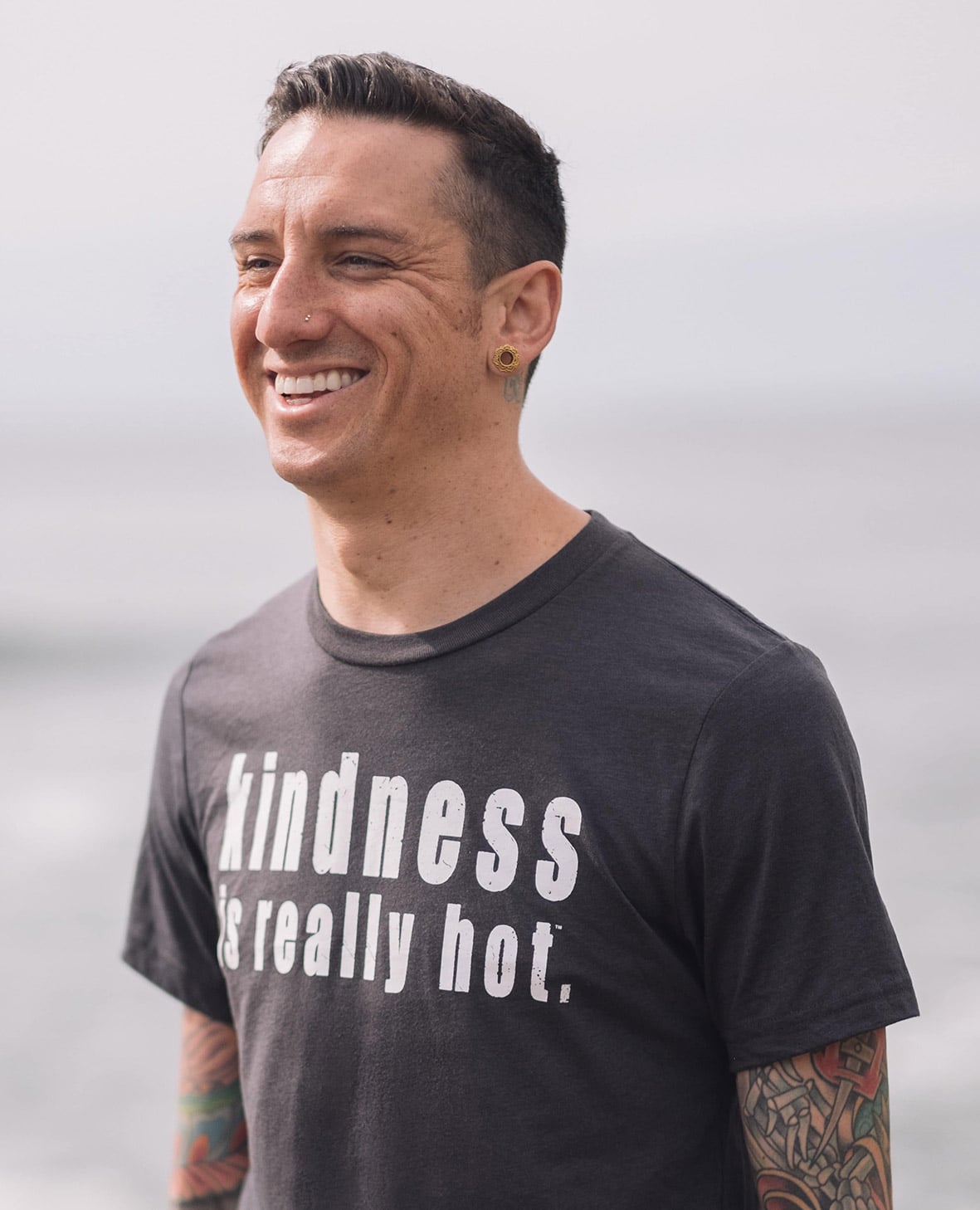It’s a great feeling when attendees arrive at your retreat open to receiving training and feeling balanced already. It means that you can transition everyone out of travel limbo into the program without having to spend too much time releasing travel anxiety or thoughts of what’s going on back home.
This got us thinking about how, as a retreat leader, it could be a great idea to ease your students into the retreat journey with a pre-recorded asana sequence designed to loosen out the cricks from travel. A unique gift that you send over in the days before departure, or even once you’re back to prolong the positive vibes and connection from the retreat.

We knew exactly who could help us put together some tips on how to create engaging video content for your retreat audience – Danni Pomplun. Danni recently launched an app with on-demand yoga sequences, including one for travel, so he’s somewhat of a master at it.
We went ahead and set up a Q&A with Danni to get his advice on the best practices on designing, filming, and distributing recorded sequences. Here’s what he had to share with us.
Q&A With Danni Pomplun On How To Create Video Content To Engage With Your Retreat Attendees

Section 1 – Selecting Sequencing For Travel
Q: Thanks for speaking with us Danni! First off, what are your go-to poses for traveling? We’re thinking anything that retreat leaders can record and share with their retreat attendees to help them feel balanced and cope better with confinement ahead of traveling to a retreat.
A: Travel is by far one of the things I love most in life, and I’m honored that I occasionally get to do it when teaching. The downside for me is getting what I call “Traveler’s Body” – the aches, the pains, the stiffness, and that all-around cramped feeling.
Fortunately, though, there’s yoga for that!
Restorative Inversion: Legs Up the Wall
Ancient yoga texts claim that Legs Up the Wall, Viparita Karani, will destroy old age.
Many modern teachers agree to its benefits, which include relief from anxiety, headaches, insomnia, mild depression, and much more.
It stretches the back of the legs, calms the mind, and relieves fatigue and cramping in the legs and feet.
Spine Opener: Bridge Pose
A chest and neck opening pose, Setu Bandha Sarvangasana, helps to reduce stress and anxiety.
It calms the mind and is known to be therapeutic for individuals with high blood pressure.
Spinal Stretch: Easy Pose with Twist
Sometimes called Simple Cross-Legged Pose with a Twist, Parivrtta Sukhasana, stretches the back, knees, and ankles.
Sitting upright so the spine is properly aligned reduces stress and anxiety.
Twisting stimulates and detoxifies the abdominal organs while boosting energy.
Restorative Stretch: Easy Pose with Forward Fold
Sometimes called Simple Cross-Legged Forward Fold, Adho Mukha Sukhasana, stretches the back, shoulders, hips, knees, and ankles.
Folding forward calms the mind, and reduces anxiety and fatigue.
Full-body Stretch: Seated Forward Fold
Traditional yoga texts say Paschimottanasana can cure disease.
Modern yoga teachers agree this calming forward bend, literally translated as Intense West Stretch, helps to relieve stress and reduce fatigue.
It stretches the spine, shoulders, and hamstrings, and is reputed to be therapeutic for high blood pressure and infertility.
I’ve also made a quick and simple Flow On the Go video on my new yoga app if you need more inspiration for video content to share with your tribe.
Section 2 – Video Content Production

Q: What sort of camera hardware set up do you use to record your yoga video content? Is there a way around buying the latest equipment if our retreat leaders don’t have access to it?
A: I recommend starting with what you have. There’s no need to break the bank right away buying equipment when you’re not sure how often you’ll use it.
If it’s an unfamiliar format for you, give yourself time to experiment with video before investing a ton in hardware. A decent smartphone camera will work just fine.
BUT, regardless of the camera you’re shooting with, using a compact tripod is a must. You need it for stabilizing your camera to record those steady sequences.
It also means you can record the sequencing yourself, without needing someone to assist you. I use the Gorillapod by Joby and they offer a range to fit smartphones up to DSLR cameras.
Q: What about studio lighting – is it necessary for filming?
No, you don’t need to set up any professional studio lighting before recording your video content.
All you need to do is make sure that your space is well-lit, ideally by natural light, and you’ll be able to get some great recordings.
Q: Do you have any recommendations on which editing software our retreat leaders should use?

I do all my video content editing in InShot. It’s useful because you can add subtitles and graphics to your videos to make them more engaging.
Then Canva is my go-to for creating amazing covers that look like they’ve been designed by a pro. Basically, it’s design software for non-designers.
Both InShot and Canva have free versions to get you started.
Section 3 – Distributing The Video To Retreat Attendees
Q: Once the content is recorded and edited, what’s the best way to share it?
You’ve gone to the effort of recording quality video sequencing, so get the most from it and repurpose it where you can. Use it as a promo/teaser for marketing your retreats, as a pre-departure gift for retreat goers, or even as a way to reconnect with them after your retreat is over.
In light of this, start by sharing the content with your own audience. Include it in your newsletter and/or on your website as tutorials for your tribe.
If you want to reach a wider base of yogis, then YouTube is a great platform to post them on.
Keep in mind that if you start making a habit of sharing video, you need to engage with your audience consistently, otherwise they’ll drop off.
What I mean is, don’t bite off more than you can chew by releasing too much video all at once. It can be overwhelming keeping up the pace of producing it frequently once you’ve started. Rather set realistic goals to sustain both your students and yourself.
Section 4 – Final Thoughts
Q: Any last words for our readers?
A: It’s a universal phenomenon; we’re more vibrant and colorful when we feel good. Adding some yoga to your retreat attendees’ travel routine is a one-way ticket to boosting their entire being. Not only can it raise their energy levels, but it helps to calm the mind and get them centered.
Personally, I am okay with being the weird guy who does yoga at the airport or on a plane. Laugh or giggle all you want… I know how amazing I’ll feel when I’m done.
Enjoy and happy travels!
About Danni


Danni Pomplun is a San Francisco Based E-RYT 500 Vinyasa Yoga Teacher whose style has been described as functional, down-to-earth, and fun with an edge.
He has an inspirational story of using yoga to overcome obstacles, including drugs, alcohol, and a near-death brush with cancer. Danni credits yoga with helping him to become healthy and opening his eyes to a world of positive opportunities.
Today he is among one of the most popular teachers in San Francisco.
From us at WeTravel, it’s a big thank you to Danni for sharing his expertise with our community. If you want to connect with him or see what he has lined up in way of retreats, get in touch via his website or social media platforms @dannipomplun.


0 Comments